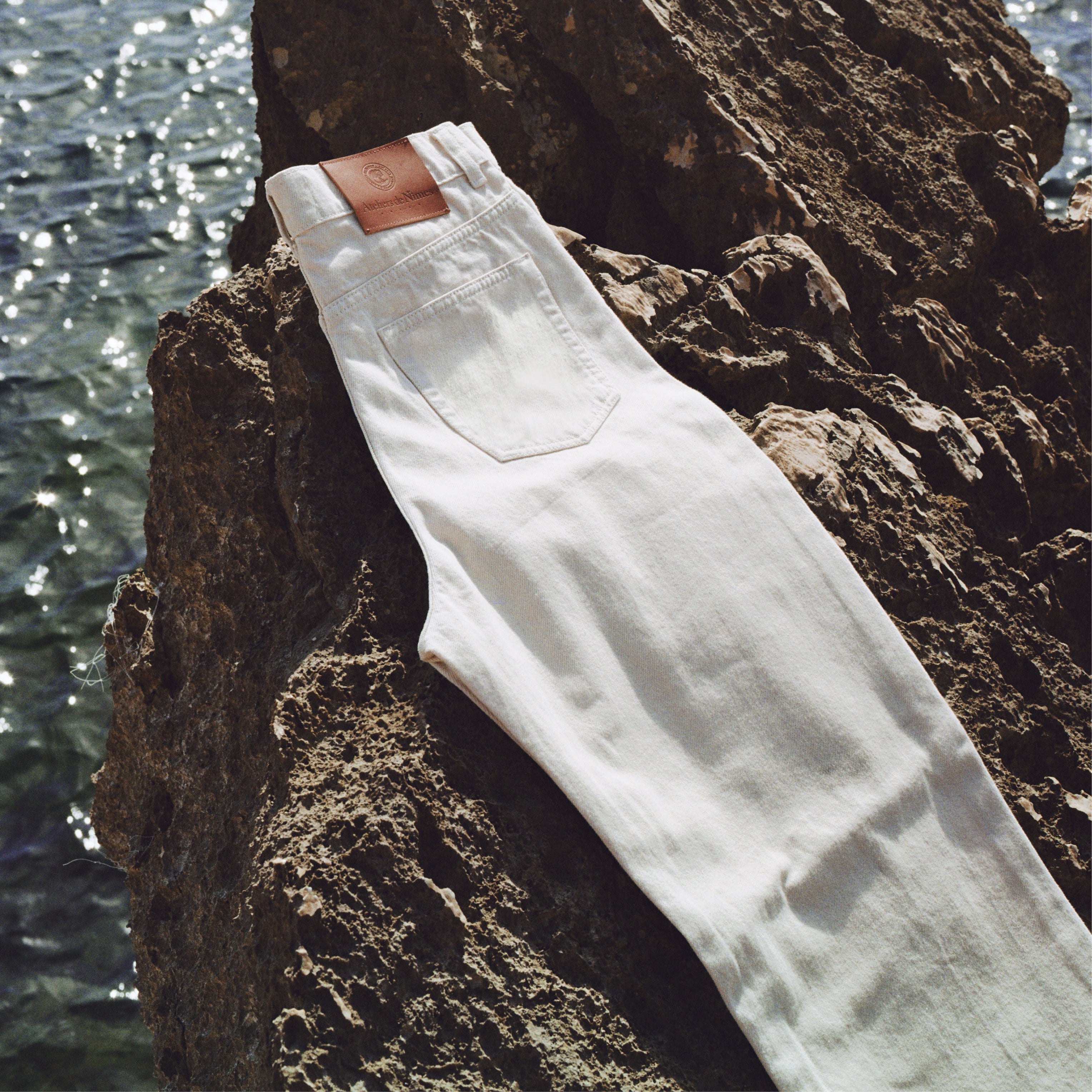
The challenges and limits of “Made in France”: A critical reflection.
The enthusiasm generated by the "Made in France" label seems to be gradually running out of steam. In a few years, we could face a reality similar to that of the 90s, where the production of manufactured products in France without real added value does not generate any advantage, including in terms of employment. What are the real issues related to "Made in France", the problems encountered by many brands, the economic constraints and the limits of the concept.
- The economic challenge and cost constraints: The first observable consequence is the difficulty encountered by many brands that are forced to end their activities. Economic models must be rethought, and many players in the "Made in France" sector note that production in France is complex, costly and impacts profit margins, and therefore, investments. Despite calls for help from public authorities, it is important to note that "Made in France" already benefits from numerous subsidies. End customers pay twice for their products, once upon purchase and a second time through their taxes. Government, regional and local subsidies, as well as various tax credits and subsidized jobs, are widely distributed. However, this situation is not sustainable in the long term.
- The question of added value: Designing a garment in France does not necessarily guarantee added value to the product. The quality and ecological aspect are not automatically superior for a garment made in France. These arguments may have been valid in the past, but many European and Mediterranean countries, such as Morocco, Tunisia and Turkey, are now competing in terms of quality and respect for the environment.
- Limits to job creation: There is a misconception that “Made in France” creates jobs. Certainly, many jobs are created in the industry, but a large proportion of them are based on subsidized contracts, which is not sustainable in the long term. In addition, many “Made in France” brands are DNVBs (Digital Native Vertical Brands) that operate without intermediaries and without a commercial network. For each job created in the industry, there is a limitation in terms of job creation in other sectors.
Some "Made in France" brands are exceptions by offering real added value, but they represent a tiny part of the whole. The initial enthusiasm around "Made in France" highlighted the aspirations to support the local economy and preserve national jobs. However, it is essential to take into account the economic challenges and the limits inherent in this approach. At a time when the public debt amounts to more than 3000 billion euros and the economic balance is strongly negative, it is imperative to make considered choices. It is time to recognize that textiles cannot be the miracle solution to all our economic and employment problems.
"It is essential to adopt a more realistic and nuanced vision of "Made in France". Rather than focusing solely on the location of production, it is appropriate to emphasize the true added value of a product, whether it is linked to craftsmanship, exceptional know-how, heritage or innovation. It is necessary to promote criteria of quality, sustainability and environmental impact, regardless of the geographical origin of the manufacturing."
In conclusion, it is time to review our approach to "Made in France". Rather than considering it as a universal solution, it is essential to take into account the economic challenges, the constraints of raw material costs and the limits of job creation. The real challenge lies in the constant search for added value, whether it is linked to know-how, innovation or sustainability. It is by adopting a pragmatic and open approach that we will be able to truly promote a prosperous and sustainable textile sector, capable of adapting to the demands of the global market.




